I often shone at school at creative writing or composition as it was often called at that time. My English teacher had serious doubts about my studying English at university. ‘Are you going to be a writer?’ she asked me around that time. The poet Kathleen Raine maintained that for a would-be poet, English is not the best option. Contrary to her parents’ wishes she studied Botany at Cambridge instead. I wish I’d heeded both her advice and that of my teacher, as I gained a rather poor degree that undermined my confidence in my powers as an author for several decades.
Then, one day, a close relation suggested I should try to write a story for very small children. I had a go and when my first child was still a baby. A children’s author who I’d met through the local maternity network, suggested I send one or two to the BBC for consideration for their Listen with Mother slot. Eventually, a few were accepted and I listened with pride as I heard them broadcast.
Soon after, I became acquainted with a friend who had a friend who was a commissioning editor for children’s books at a well-known publishing house. This woman liked my work and through her, I began to publish slightly longer stories for children who had just learned to read. My confidence increased.
At some stage, a few years later, I picked up a tiny black book in the bookshop in the Royal Festival Hall called The Haiku Hundred. I’d never heard of haiku before although I have a recollection of hearing on my husband’s car radio an enthusiastic voice talking of the inception of either a society or a publication involving a breath length poem.
Soon after, I embarked on a poetry correspondence course called Chrysalis, the brainchild of a poet called Jay Ramsey, who alas died a couple of years ago in his early sixties. The course dealt with every type of poetry from epic to romantic to minimalist which of course included haiku. It was this last form that appealed to me most and I soon began composing haiku after haiku, mostly five, seven, five in syllabic structure.
A friend soon told me that a poet friend of hers had told her there was a magazine entirely devoted to haiku. I was incredulous but decided to submit a few. My very first published haiku were published in this particular journal, Haiku Quarterly, otherwise known as simply HQ.
Around this time I was working for an organisation that promoted mental health and had been appointed editor of its magazine which included poetry. I received a submission from someone whose name I recognised as that of a poet whose work I had seen in that issue of HQ where my own work first appeared. When I shared this information with the man in question on the phone, he said he’d like to meet me. Soon he arrived in the office where I was working and not long after I knew I had met the love of my life. His name was Tony, short for Anthony, Anthony Marcoff, who is now a highly respected writer of tanka and tanka prose. Tony told me about other publications devoted to haiku, namely Time Haiku, founded by Erica Facey a half Japanese woman whose mantle I have now inherited, and also Blithe Spirit, the journal of the British Haiku Society which I joined straight away and of which I am still an active member, often leading haibun workshops at their events.
I discovered haibun, first through a wonderful book of creative writing exercises called ‘Sing me the Creation’ by Paul Matthews, a poet who taught poetry and gymnastics at Emerson College, a place where teachers were trained in the methods of Rudolf Steiner. One of the sections of the book dealt with the writing of haiku and following on, an exercise which suggested one should go for a walk, wring haiku along the way, and on returning home, write about the walk from memory, inserting haiku where they’d occurred. I was currently going on regular Sunday morning walks in various locations in the county of Surrey where I live, so I tried out this suggestion many times. Some of the resulting pieces were published, in Time Haiku, in Blithe Spirit, and also in a new haiku journal that had just sprung up called Presence. I soon discovered that haibun could be about taking a walk through any experience, not just a stretch of terrain. My favourite themes from past experience are from three areas of my early life: my time as a pupil in a convent school; my visits to the home of four unmarried aunties and one uncle, all born in Victorian times; my frequent visits to the ballet in the sixties when the names of Fonteyn and Nureyev were on everyone’s lips.
It was through the late Ken Jones, an influential member of BHS and a keen promoter of haibun in English, that I found out about Contemporary Haibun Online, and later, through a chance online encounter with Jeffrey Woodward, that I became a regular contributor to Haibun Today, one of four participants in a collaborative chain of haibun across three continents, published in a short pamphlet entitled Quartet, and also a member of Ray Rasmussen’s Writers’ Workshop. Through all this, my confidence increased a hundredfold and I soon found myself on the BHS committee as the Events Officer in which capacity I organised several successful events including a wonderful conference to which only 12 people came, which involved a candlelight reading of haiku about the moon in a very old chapel in the county of Essex, founded by one of the monks from the abbey at Lindisfarne.
When I stepped down from that post, I decided to found a local group here in Mole Valley where I live, which is called ‘The Leaves to a Tree Haiku Group’ which takes its name from the statement by John Keats that ‘if poetry comes not as naturally as the leaves to a tree it had better not come at all.’ Just down the road from the hub of this thriving haiku group, Keats, while staying at a local hostelry, wrote in a letter to a friend two things which are incredibly pertinent to the writing of haiku: ‘…if a sparrow comes by my window I take part in its existence and pick about the gravel… nothing startles me beyond the moment’.
As well as writing haiku and haibun, I continue to edit the print journal Time Haiku after ten years at the helm, and also enjoy devising and leading haibun workshops, the most recent of which was on the theme of ‘The Dance of Haibun’. I have also recently written a series of what I call Haibun Novellarettes , all of which involve characters who have taken up the art of haibun. With five published books of haibun under my belt I now have another in the pipeline, so watch this space.
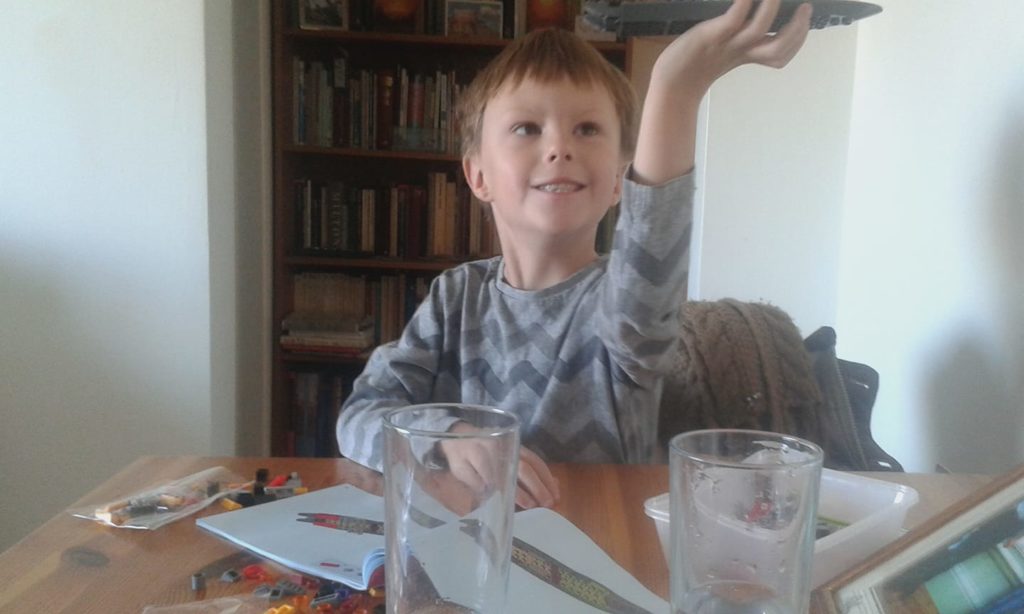
I see a link between writing for small children which was my earlier focus and writing haiku and haibun, chiefly in the way the language needs to be simple and accessible and also in the evocation of childlike wonder. During the past ten years, my grandson Jake has proved a great source of inspiration both for haiku and haibun writing.
Here is a haiku inspired by his presence which won the Museum of Haiku Literature Award in Blithe Spirit a couple of years ago.
Sunday morning
just a wood pigeon’s call
and the click of Lego
My first haibun award, namely the BHS Award in the haibun category in 2012 came out of the circumstances surrounding his birth :
Seasonal Lights
days of spring rain—
a pattern in rainbow yarn
for an unborn child
Convent educated, I still find meaning in the stories, peace in the sacred places. The women move quietly in the corners of various churches, not wishing to disturb me as I light my votive candle. Sometimes, one of them apologises for someone else’s chatter.
neonatal care—
feeding my sandwich
to a cygnet
Nobody seems to mind a stranger creeping in from time to time to take a cylinder of slim white wax out of the box, ignite the wick and place it in the dark iron ring among the other flickers.
baby’s op day—
a conker
gleams from its shell
So many flames that dance with prayerful energy, send positive healing waves, or just a flare of thankful joy.
first frost—
buying a tiny coat
striped with sky blue
Towards the year’s end I tiptoe in as usual. The women are busy with polish and winter foliage. Not yet in full view, waiting in the vestry, ready to be brought out at the appropriate moment, I catch a glimpse of the familiar nativity figurines. Again, as I leave, one of the women smiles and whispers, ‘ I hope we didn’t disturb you.’
Christmas Eve—
amid the coffee shop hubbub
my grandson gurgles
That piece started with the image of a rainbow and this piece which won me my second major award for a haibun, the Grand Prix in the Genjuan haibun contest in 2016, concludes with one.
A Small Act
For days and days, persistent low grey cloud, torrential showers and in between, brief spells of brightness as the sun breaks through.
I sit in my usual place beside the window, staring out across the damp slate roofs, searching for inspiration in a heavy sky until one morning unexpectedly:
‘My heart leaps up as I behold…’
I sense what Worsdworth felt! How can I sustain this multi-stranded sweep of light?
It lingers, lingers, fades.
I contemplate my pack of colours bought to spark the artist in a child. One or two are worn down at the tips. I find a sharepener.
pencil shavings
the scent of
new-carved rainbows
Books of Haibun Published
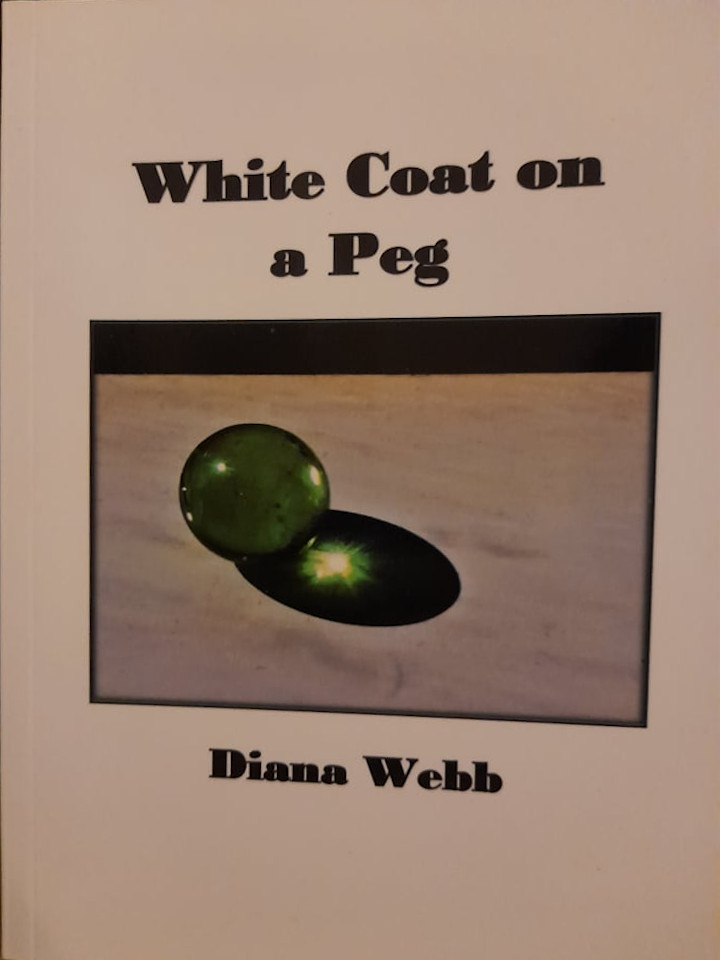
Takeaway
Traces and Thresholds
Rites and Relics
All published by Hub Editions
Pocketing the Tide
Published by Alba Publishing
White Coat on a Peg
Published by The Magic Pen Press
Haibun in Drifting Sands
Instead
Souvenirs
Choreographic Myth
Phone Call from Paris
Pas de Deux
Echoes
Serpentine
Legacy
One View – Four Prospects
![]()
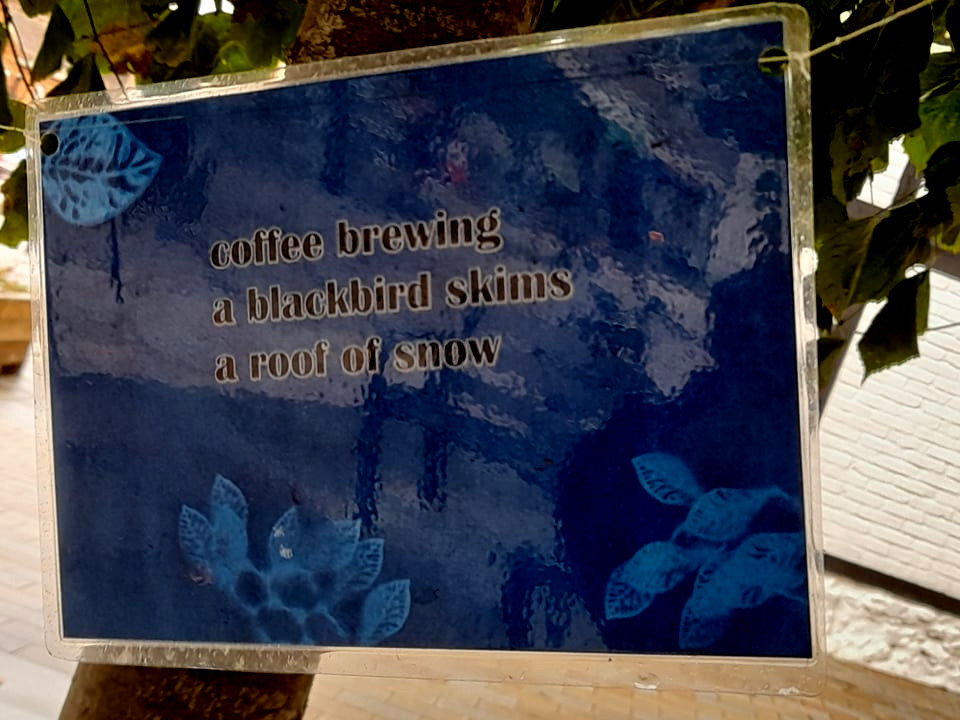
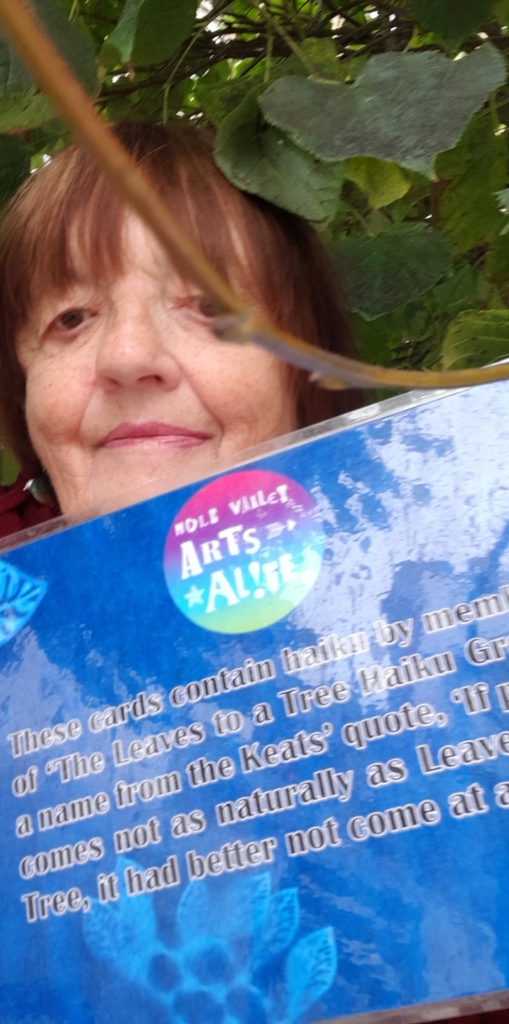
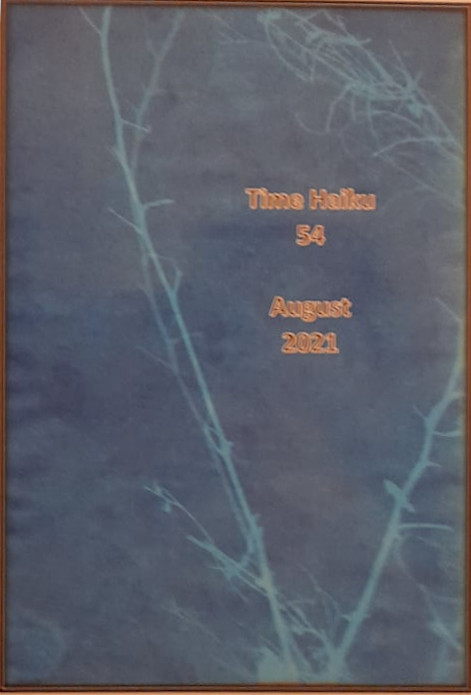
Hi Diana, remember me? I used to work with you at Lambeth Council. I would love to get in touch with you.
Thankyou so much Neena. Your response is greatly appreciated. I wish you and those close to you peace and joy now and in the days ahead.
Wonderful to read about your journey dear Diana…so inspiring! Loved both the haibun. Wish you and your loved ones a joyous Christmas.
Some lovely haiku. Your information is appreciated.
I am writing an illustrated haibun book at the moment.
I was searching for examples to read, adhering to the principle that if you are going to write poetry you need to read plenty of it.
Kind regards Janet Keen Artist New Zealand.